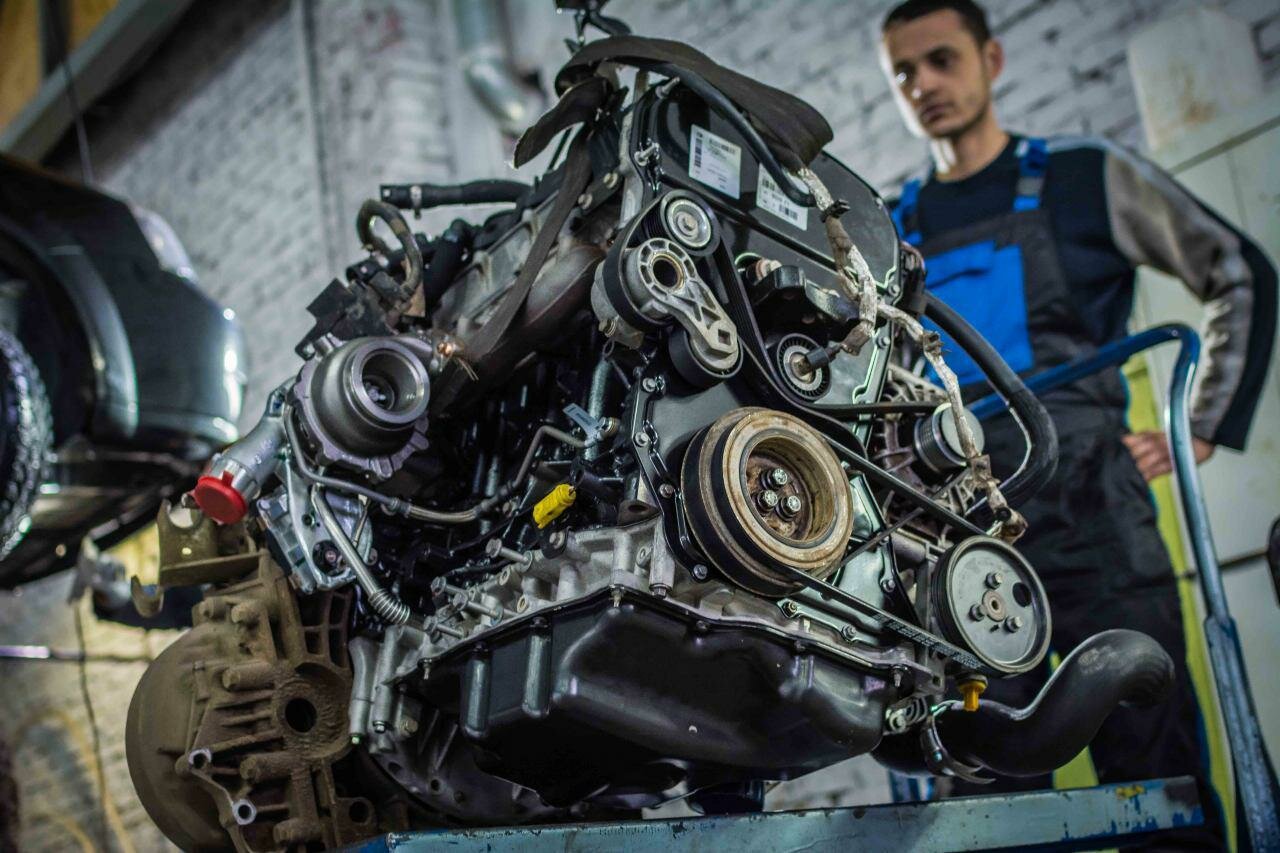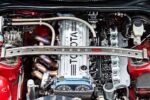Understanding Cat ACERT Engine ProblemsA Brief HistoryCaterpillar Inc., a leader in heavy machinery and engine manufacturing, introduced the ACERT (Advanced Combustion Emissions Reduction Technology) engine in the early 2000s. This technology was developed in response to increasingly stringent emissions regulations, particularly in the United States and Europe. The ACERT engine was designed to meet these regulations while maintaining performance and fuel efficiency, making it a popular choice for various applications, including construction, agriculture, and mining. However, the ACERT engine has faced its share of challenges. Many users have reported a range of issues that can affect performance, reliability, and overall satisfaction. While the technology was innovative, the complexity of the ACERT system has led to a variety of problems that have frustrated operators and mechanics alike. Understanding these issues is crucial for anyone who relies on ACERT engines for their operations. As we delve into the common problems associated with Cat ACERT engines, it is essential to recognize the implications these issues can have on productivity and safety. The following sections will provide a comprehensive overview of the most prevalent problems, their causes, and potential solutions, ensuring that users are well-informed and prepared to tackle any challenges that may arise. |
Common Issues with Cat ACERT EnginesOverview of ProblemsCat ACERT engines, while designed to meet modern emissions standards, have been plagued by various problems that can hinder performance and reliability. Operators have reported several recurring issues, which can lead to costly repairs and downtime. Below are some of the most significant problems associated with these engines: Fuel System IssuesOne of the most common problems with ACERT engines is related to the fuel system. Issues can arise from:
These fuel system problems can lead to poor engine performance, increased emissions, and even engine failure if not addressed promptly. Cooling System FailuresCooling system failures are another significant concern. The ACERT engine relies on an efficient cooling system to maintain optimal operating temperatures. Common issues include:
Overheating can result from these failures, potentially causing severe engine damage if not managed effectively. Electrical System MalfunctionsThe electrical system in ACERT engines is complex and can be prone to malfunctions. Common electrical issues include:
These malfunctions can lead to erratic engine behavior, reduced efficiency, and increased emissions. Exhaust System ProblemsExhaust system issues can also plague ACERT engines. Problems may arise from:
These issues can lead to increased back pressure, reduced power output, and higher emissions levels.
Table of Symptoms and Consequences
ConclusionAddressing Cat ACERT engine problems requires a proactive approach to maintenance and diagnostics. Understanding the common issues and their symptoms can help operators mitigate risks and maintain optimal performance. |
||||||||||||||||||






0 Comments